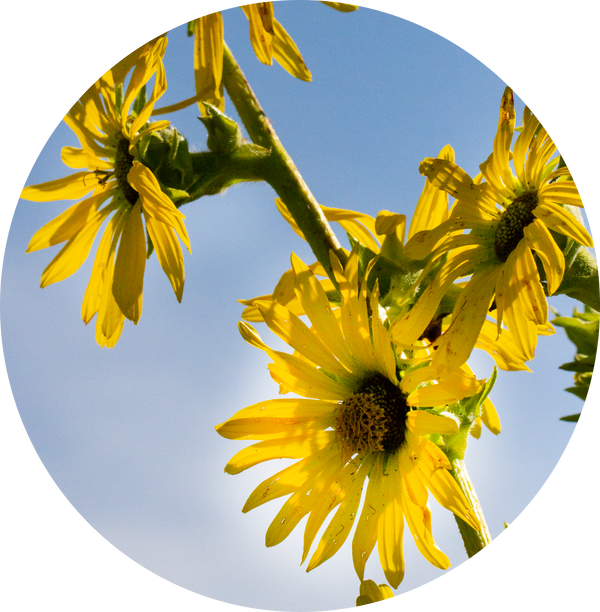Midwest Wilderness Connections Eco-briefs and Eco-sweeps
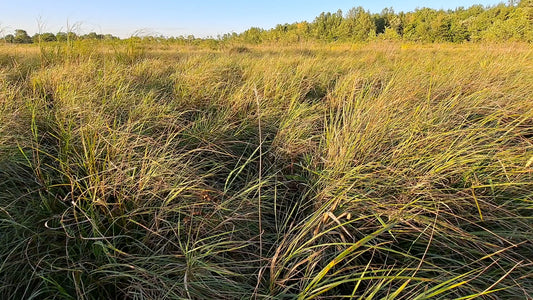
Midwest Wilderness Connections Eco-brief: Canad...
Canada bluejoint (Calamagrostis canadensis) wet meadows vs. invasive stands of reed canary grass (Phalaris arundinacea). How to tell the difference and how to restore monarch habitat through win-win opportunities for...
Midwest Wilderness Connections Eco-brief: Canad...
Canada bluejoint (Calamagrostis canadensis) wet meadows vs. invasive stands of reed canary grass (Phalaris arundinacea). How to tell the difference and how to restore monarch habitat through win-win opportunities for...

Midwest Wilderness Connections Eco-brief: Fox S...
The eastern fox squirrel prefers more open canopied woodlands and forest edges than the eastern gray squirrel. By utilizing different habitats, the two squirrel species avoid direct competition for basic...
Midwest Wilderness Connections Eco-brief: Fox S...
The eastern fox squirrel prefers more open canopied woodlands and forest edges than the eastern gray squirrel. By utilizing different habitats, the two squirrel species avoid direct competition for basic...
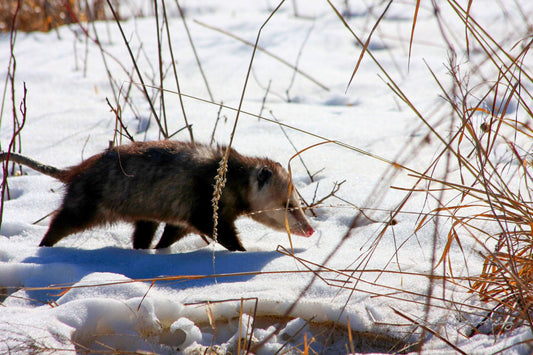
Midwest Wilderness Connections Eco-brief: The O...
Over 3 million years ago, the Panama land bridge formed and connected the North American and South American Continents prompting the Great American Biotic Exchange. Virginia opossums migrated from South...
Midwest Wilderness Connections Eco-brief: The O...
Over 3 million years ago, the Panama land bridge formed and connected the North American and South American Continents prompting the Great American Biotic Exchange. Virginia opossums migrated from South...
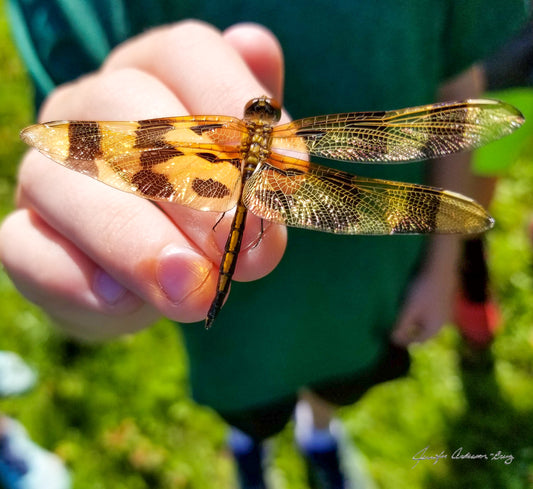
Midwest Wilderness Connections Eco-brief: Hallo...
Halloween penants have a habit of sitting on the tip of a perch while fluttering their wings in the breeze. After being disturbed, Halloween penants often return to the same...
Midwest Wilderness Connections Eco-brief: Hallo...
Halloween penants have a habit of sitting on the tip of a perch while fluttering their wings in the breeze. After being disturbed, Halloween penants often return to the same...
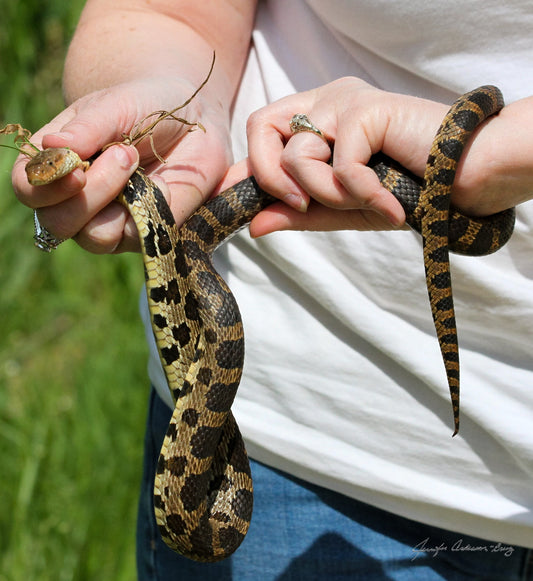
Midwest Wilderness Connections Eco-brief: Weste...
The harmless western fox snake is a common Midwest species often found in the transition zone (ecotone) between wooded and herbaceous habitats. They are constrictors, primarily prey on rodents, and...
Midwest Wilderness Connections Eco-brief: Weste...
The harmless western fox snake is a common Midwest species often found in the transition zone (ecotone) between wooded and herbaceous habitats. They are constrictors, primarily prey on rodents, and...
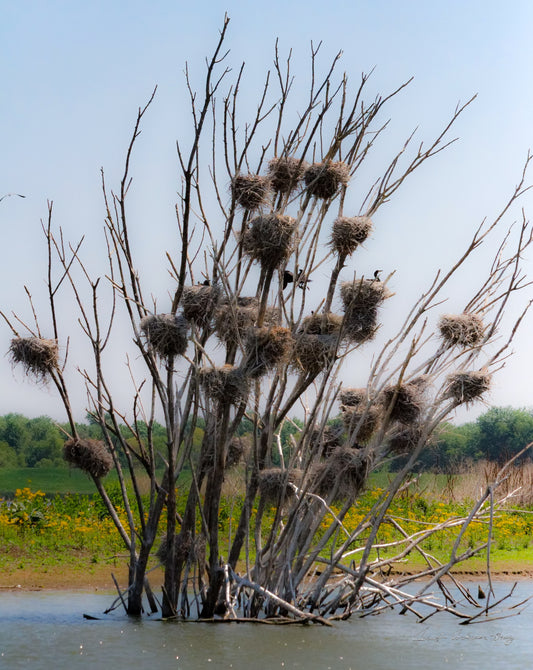
Midwest Wilderness Connections Eco-brief: Great...
Double-crested cormorants nest in colonies that can be so large that their feces can kill the trees they nest in. They may also nest on the ground. These areas become...
Midwest Wilderness Connections Eco-brief: Great...
Double-crested cormorants nest in colonies that can be so large that their feces can kill the trees they nest in. They may also nest on the ground. These areas become...
